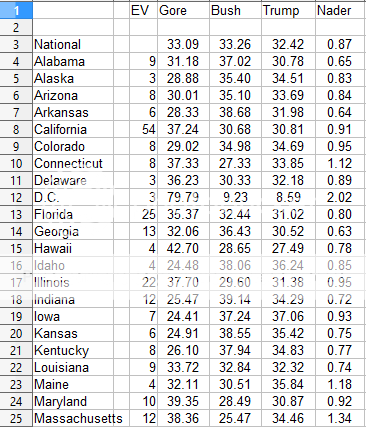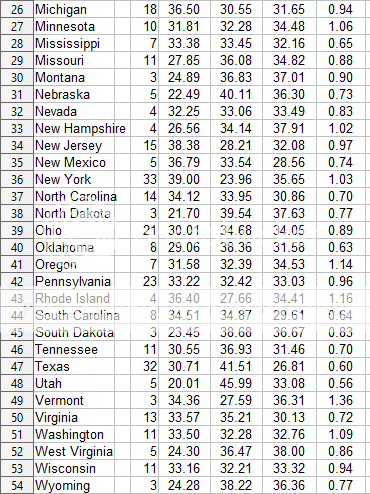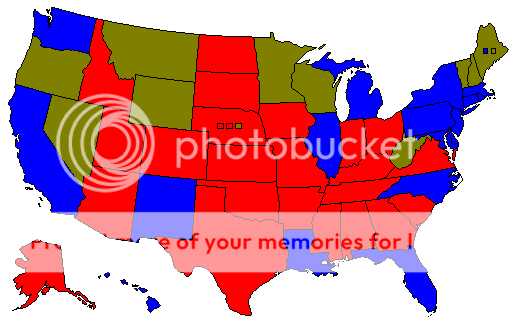Jasen777
Donor
Clowns to the left, jokers to right
A Trump with Reform in 2000 election scenario
In this scenario, Perot decides after his '92 run to put more effort into creating the Reform Party as a strong and lasting organization, a legitimate threat to the main two. He does slightly better than OTL in '96 (running with Richard Lamm as his VP candidate), but still drops off to 12% of the vote.
Perot sees Ventura's winning of the Minnesota governorship in '98 as validating his build the party strategy, in by 2000 they have legitimate organizations in every state and are set to compete in the majority of House, Senate, and governor races.
Perot decides early not to run again, rightly seeing that the party will need other standard bearers to stand the test of time. Donald Trump in this timeline is much more interested and running as the reform candidate, as it's seen as an organization on the upswing, not one fixing to be torn apart by the likes of Buchanan and Hagelin.
When Ventura declines, citing desire to focus in his job in Minnesota, Trump's only remaining opponent for the nomination is Richard Lamm. Perot initially supports (but stops short of endorsing) Lamm. But Trump capitalizes on TV appearances and ends up winning most of the states in the mail-in Reform party primary ballot contests. News networks fail in love with Trump's brash speaking and are riveting by a convention floor fight when Lamm attempts to wrest the nomination away. Lamm's attempt fails however, and Perot gives Trump his full support. Trump supports Lamm's ally, former representative Ed Zschau, for his running mate as a party unity pick, and the convention approves.
A Trump with Reform in 2000 election scenario
In this scenario, Perot decides after his '92 run to put more effort into creating the Reform Party as a strong and lasting organization, a legitimate threat to the main two. He does slightly better than OTL in '96 (running with Richard Lamm as his VP candidate), but still drops off to 12% of the vote.
Perot sees Ventura's winning of the Minnesota governorship in '98 as validating his build the party strategy, in by 2000 they have legitimate organizations in every state and are set to compete in the majority of House, Senate, and governor races.
Perot decides early not to run again, rightly seeing that the party will need other standard bearers to stand the test of time. Donald Trump in this timeline is much more interested and running as the reform candidate, as it's seen as an organization on the upswing, not one fixing to be torn apart by the likes of Buchanan and Hagelin.
When Ventura declines, citing desire to focus in his job in Minnesota, Trump's only remaining opponent for the nomination is Richard Lamm. Perot initially supports (but stops short of endorsing) Lamm. But Trump capitalizes on TV appearances and ends up winning most of the states in the mail-in Reform party primary ballot contests. News networks fail in love with Trump's brash speaking and are riveting by a convention floor fight when Lamm attempts to wrest the nomination away. Lamm's attempt fails however, and Perot gives Trump his full support. Trump supports Lamm's ally, former representative Ed Zschau, for his running mate as a party unity pick, and the convention approves.


